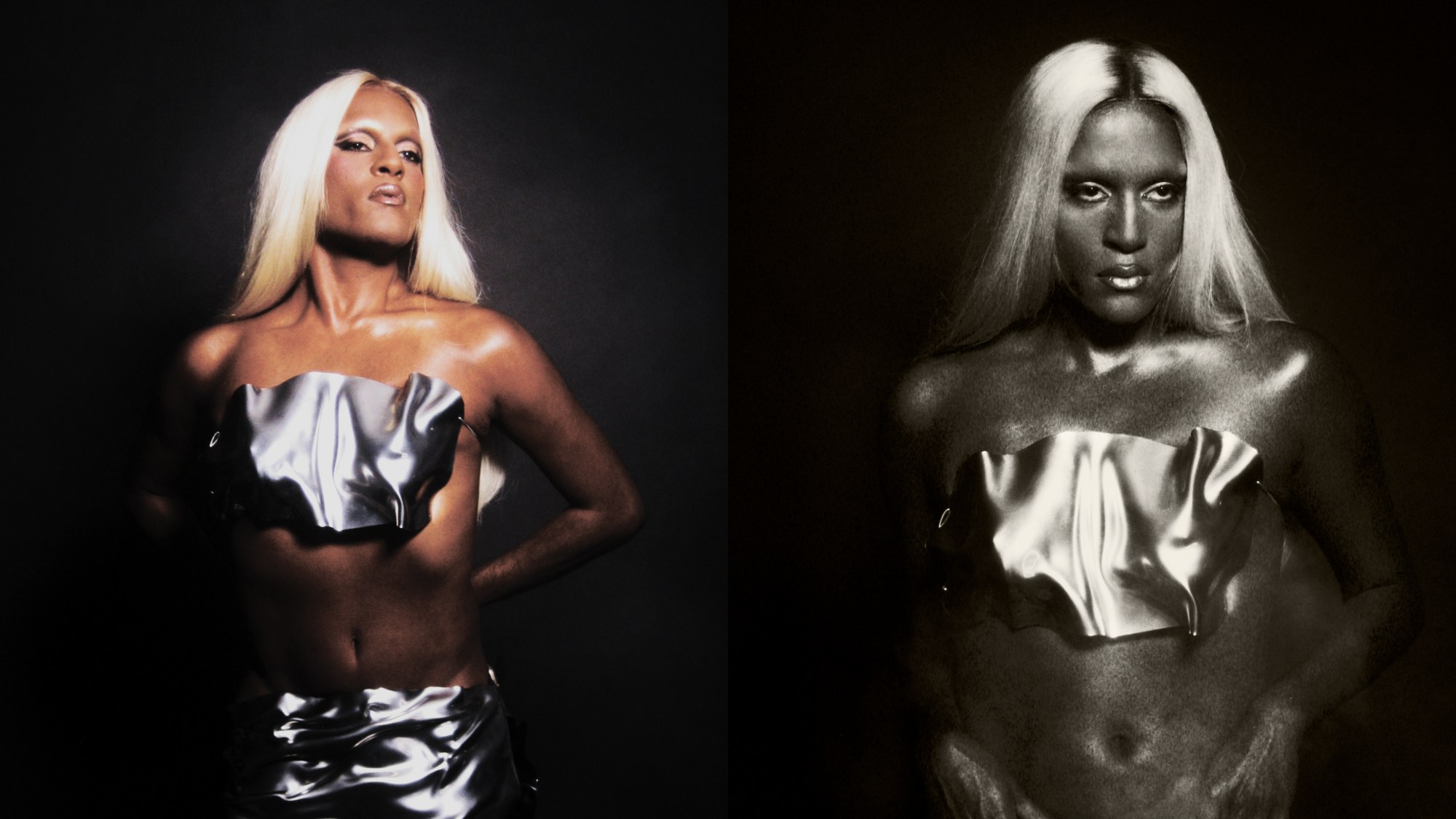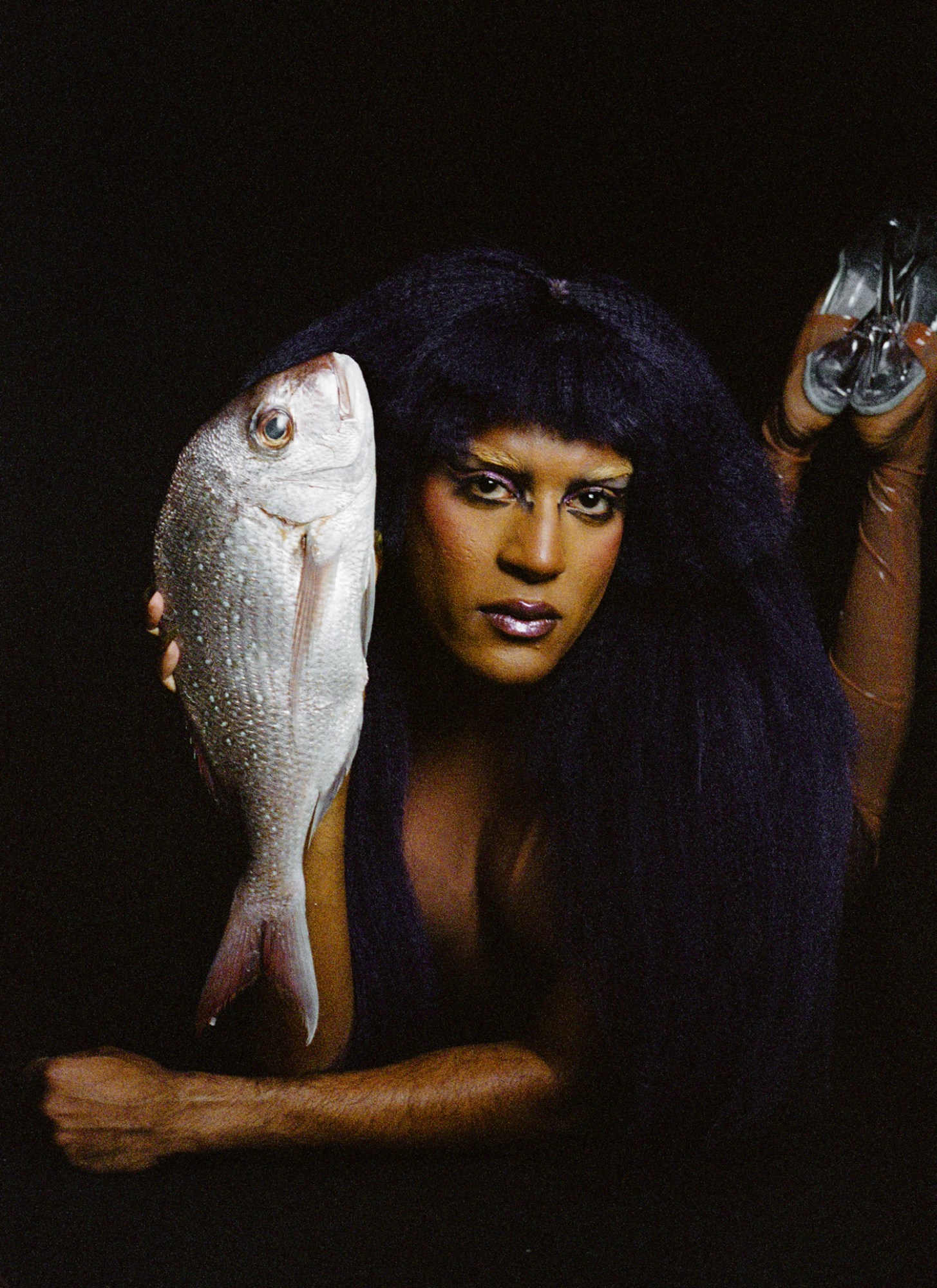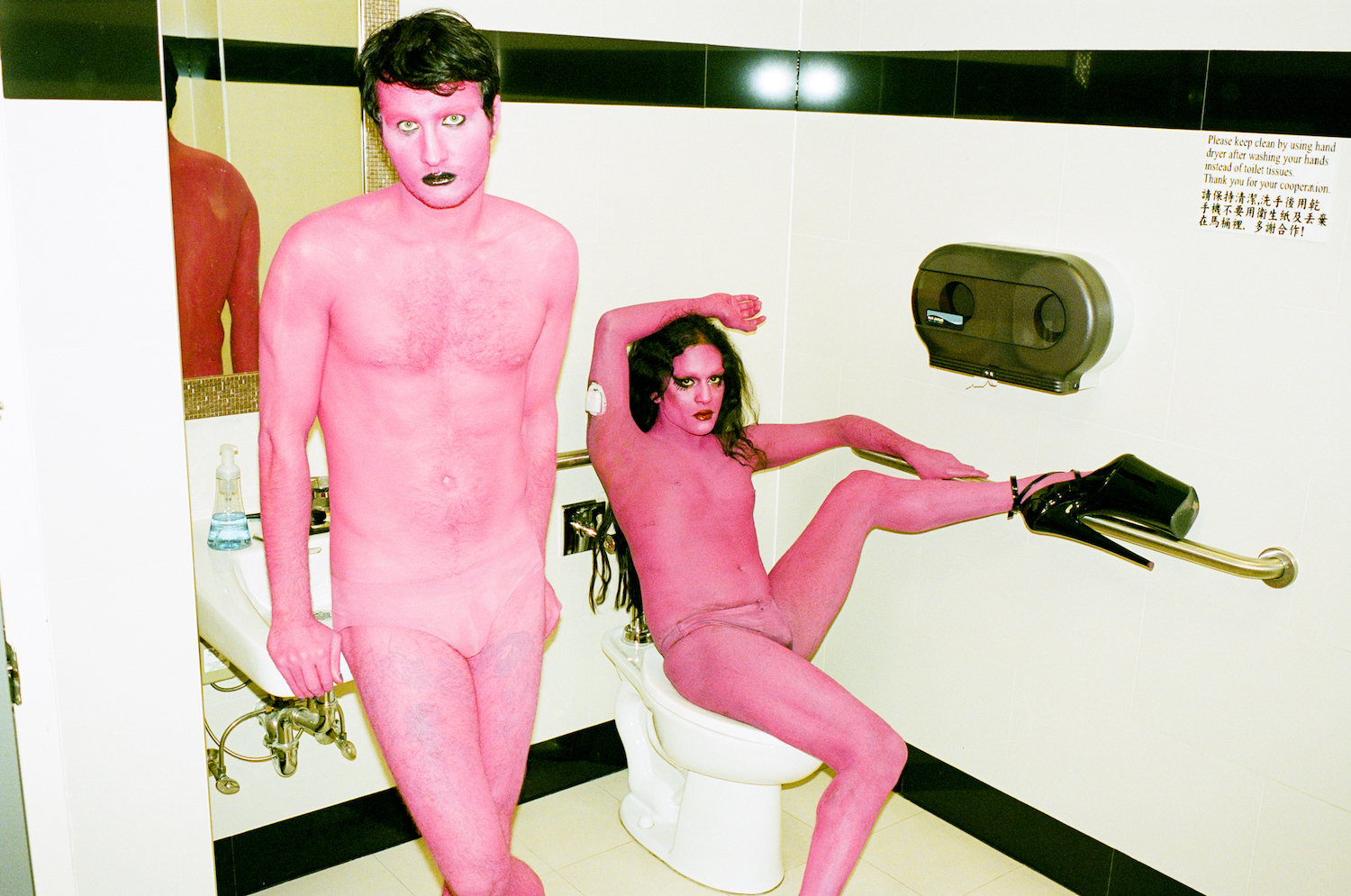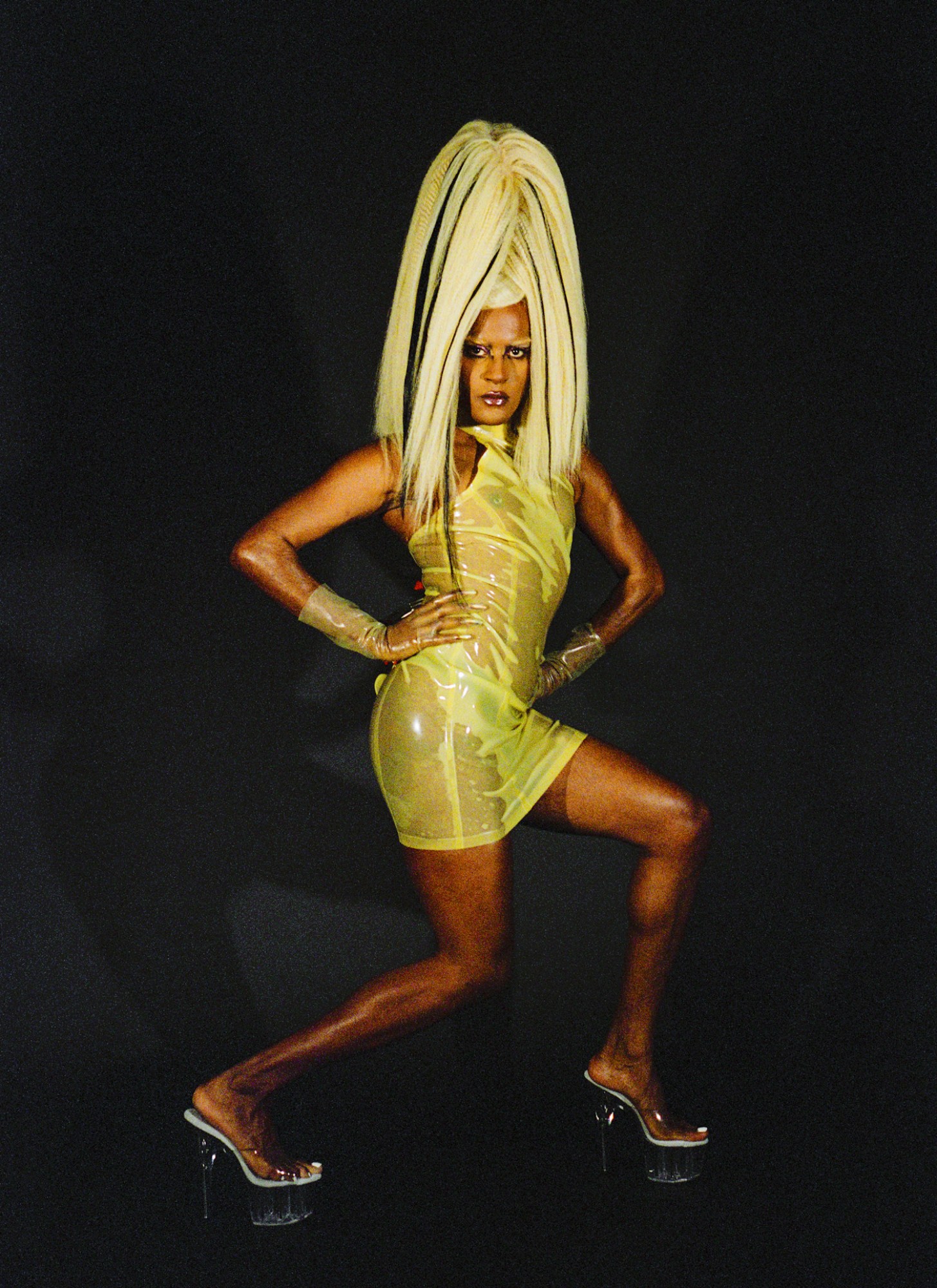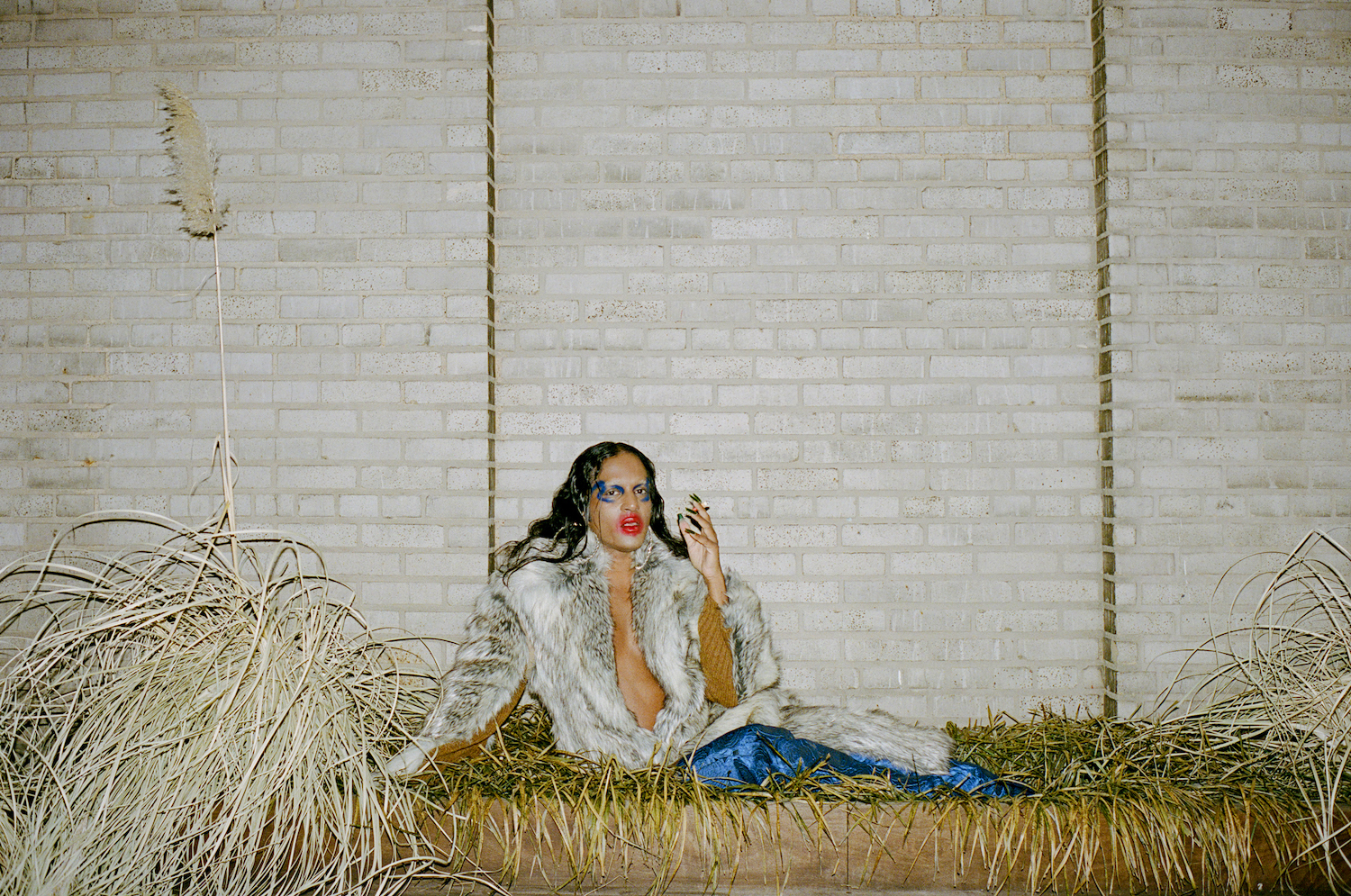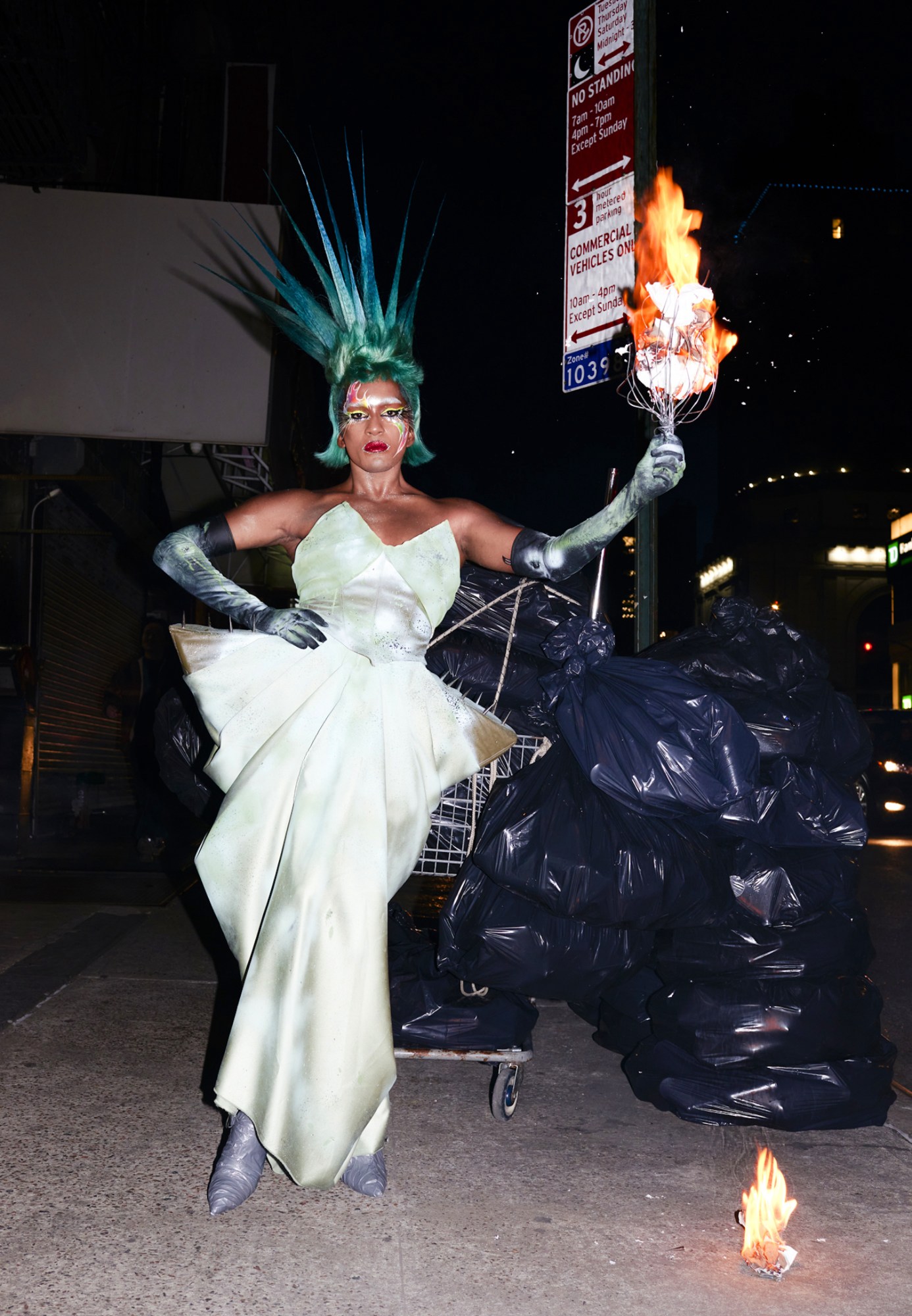Coming from the mouths of most, declaring oneself “a New York legend” would be met with a smirk and an eye-roll. Coming from Richie Shazam’s, however — without the slightest hint of irony — it really does stand. From her appearances on the catwalks of Luar and Puppets and Puppets to Chloe Wise’s figurative tableaux, few could contest that she is among the most distinct of faces defining the new New York. More than a runway muse and renaissance It-girl, though, the Queens native transdisciplinary artist has time and again proven her mettle through a prolific creative output spanning fashion, performance art, image-making and activism.
Testament to her self-appointed status was paid a couple of months ago, when what felt like the city’s entire downtown art and fashion scenes descended upon Dover Street Market New York for the launch of Shazam, a photography book that braids the diverse disciplines that constitute Richie’s artistic practice. Published by IDEA, and comprising close to 200 fantastical self-portraits, it could be simply — and fairly — described as a visual treatise on the transfigurative power of fashion, extreme beauty and art direction. It is simultaneously many more things than that, though: an act of self-examination and reclamation; a love letter to a chosen family; an unpacking of the fundamentally polysemic nature of trans identity; a springboard for the trans storytellers, a demonstration of the rich potential that goes untapped when their voices go unheard.
Shot on a shoestring budget over the course of six months, almost exclusively in Richie’s nook of a studio on Bowery, Shazam is the product of a freeform process — one “that developed with my own evolution,” Richie says. “I never really saw an endpoint to it”, noting how it essentially served as a cypher for her understanding of her own identity, and the sense of flux and development inherent to it. Channelling the spirit of Cindy Sherman on acid, Richie fashions herself as a kerbside Lady Liberty and a high-glam fish wife, a newly-landed, pink-painted extraterrestrial and an extreme piercings fanatic, and so much more. While the stories unpacked across its pages don’t necessarily exist in dialogue with one another, it’s in this sense of clash that the work’s charge and ultimate motive lies. With her body — often insistently and unabashedly flaunted — serving as the book’s fil rouge, its composition defies the binary frameworks of acceptability that trans bodies are insistently forced into, implying plural possibilities of being.
“The anatomy theme was so important, because it was about questioning this idea that our bodies should be a certain way, or what trans bodies look like, especially in light of the heavy policing of trans bodies,” Richie says. “I was very intentional about showcasing my body — my chest, my torso, my nether regions. Really showing it all off. I wanted to show, intricately, that all bodies are different. It comes down to the fact that my entire life, even when I was existing in my gender non-conformity before it was a buzzword, I’ve always been living and existing the way I have without identifying myself, because I refuse to put myself in a box. I wanted the book to highlight that theme, and create the sort of queer ethnography that I’m obsessed with, and that I know that I’m a part of.”
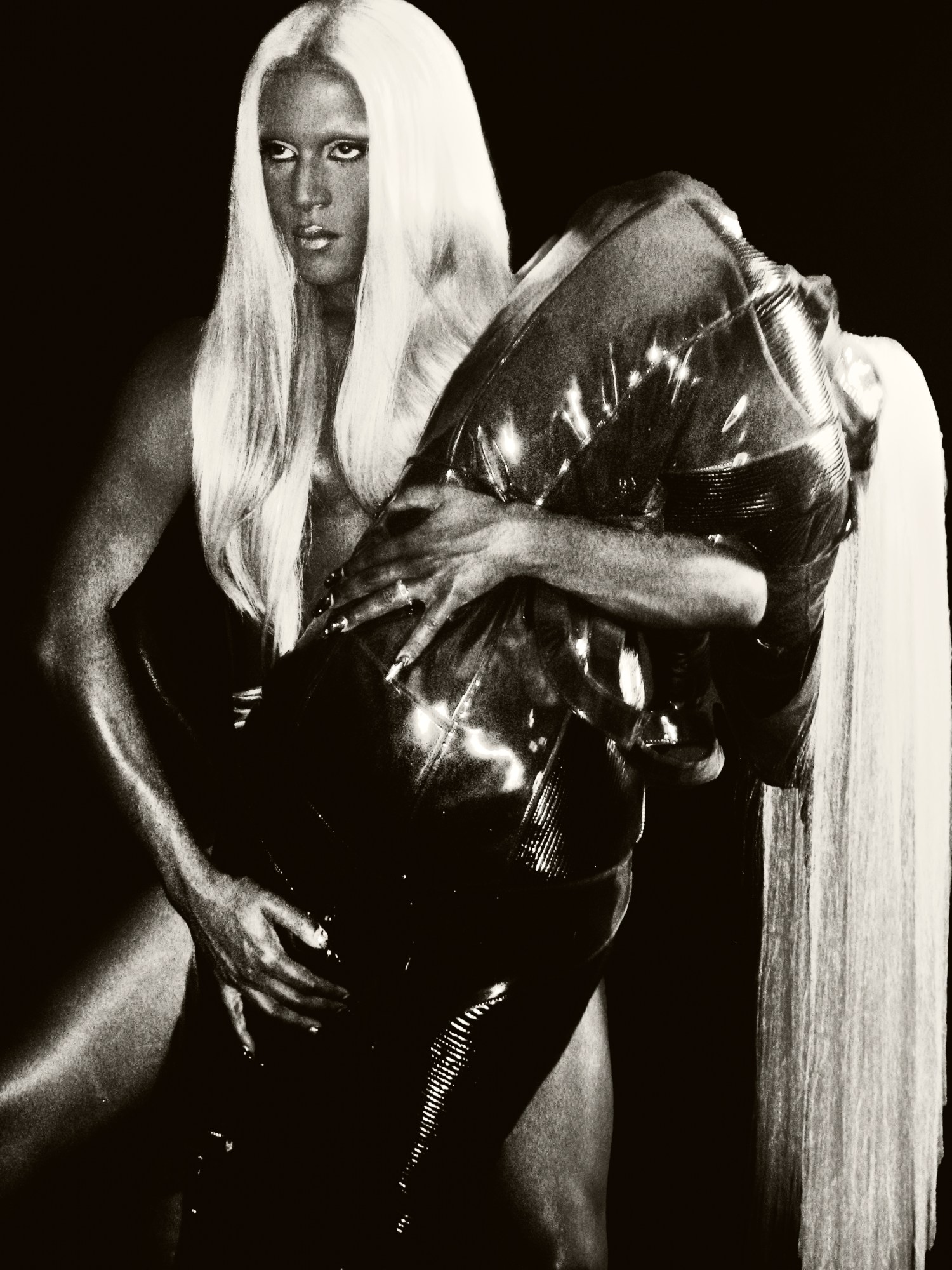
It’s in this respect that the inherently political charge of Richie’s practice becomes apparent, with the book — even if it predominantly comprises self-portraits — acting as a clarion call for a reframing of cultural perceptions of trans creatives, in particular those of colour. Though she may have recently appeared as the face of Jean Paul Gaultier’s global Pride campaign and makes regular appearances on fashion week frows worldwide, Richie has firsthand experience of the inequitable treatment of trans POC creatives in the art and fashion spaces, who have routinely been exploited as sources of inspiration without any return. “I’m eternally on the moodboard — I’m always a reference, but with this book, I really wanted to own being a blueprint,” she says, noting her success without the support afforded to her more systemically privileged counterparts. “This book is giving opulence, coins trickling down, but that’s not how it was made. The entire thing was made with no budget. So can you imagine if you’d given us coin? What does that look like? I’ve always been a recyclable bitch, and we made it work with what we had, but that’s a testament to how we exist in the world,” she continues. “Maybe this book will serve as a meal ticket — maybe it’ll serve to give trans and queer artists the autonomy to create for themselves, and show people the magic we can make. We’re not asking for much — we just want our lives to be better and easier.”
This said, to label Shazam, and indeed Richie’s wider practice, as an activist project is to overlook the tenderness at its heart. After all, while the stark majority of the images in the book are of Richie, it is in fact a product of the collective efforts of those closest to her. Stylist Briana Andalore, one of Richie’s oldest friends and confidantes, was a key co-conspirator in devising the series of bombastic looks sported throughout, while Julia Fox — who first met Richie when the pair were party-going teens in the mid-00s downtown scene — offered crucial creative counsel, and also penned a Shazam’s foreword. In one particularly poignant image, the trio are shot nude in Richie’s Bowery studio, with their Powerpuff Girl-coded wigs a fitting toast to their sisterly bond. Another key figure was audiovisual artist Ben Draghi, Richie’s life partner, who can be seen daubed in pink alongside the book’s titular protagonists in the book’s aliens-in-Manhattan sequence. He also played a key role in curating its final edit from thousands of image options.
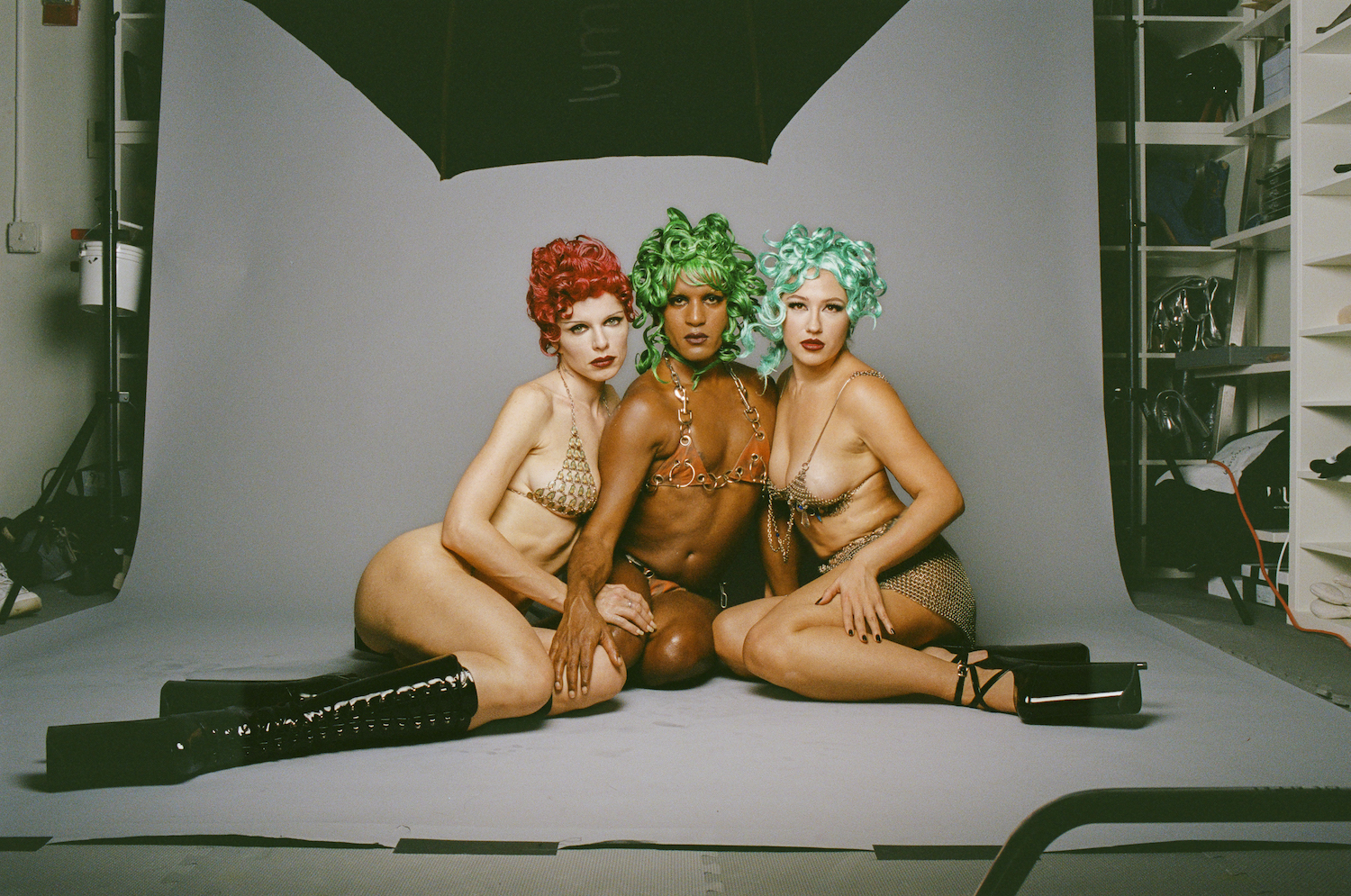
“They are my chosen family,” Richie says of the instrumental trio, an especially poignant remark given the loss of her mother as a teen and later estrangement from her father. “They’re the reverse of blood is thicker than water. I couldn’t imagine my life without them. I always feel like I’m in my formative years, but I feel like they were so intrinsic in me finding my femmeness and feeling safe in it, especially when there were so many spaces where that didn’t feel welcome, especially my family unit. They allowed me to be myself and explore in a safe space.” More than a toast to the people closest to her, though, it’s also a riposte to the tragic narratives that blight mainstream perceptions of trans lives. “So much of the narrative around trans and gender non-conforming people is the absence of family, love, partnerships and relationships,” she says, “but I want to reinvent that, and showcase this pluralistic perspective on what our lives look like.”
Of course, being afforded the platform to do that is something she’s grateful for — but that gratitude doesn’t translate to a sense of indebtedness. “It’s so funny, when you get to do [big] things, the expected reaction’s often, ‘Oh, I’m so humbled and so honoured’, but, like… no,” she says. “I deserve to be in the building, because I know that I create a certain calibre of work that’s nuanced and has so many messages embedded within it. It forces people — especially those that live their lives within the hegemonic binary — to question everything. And that’s fab, that’s cunt. That’s what we aim to do.” Words spoken like a true New York legend.
‘Shazam’ is available to purchase here.
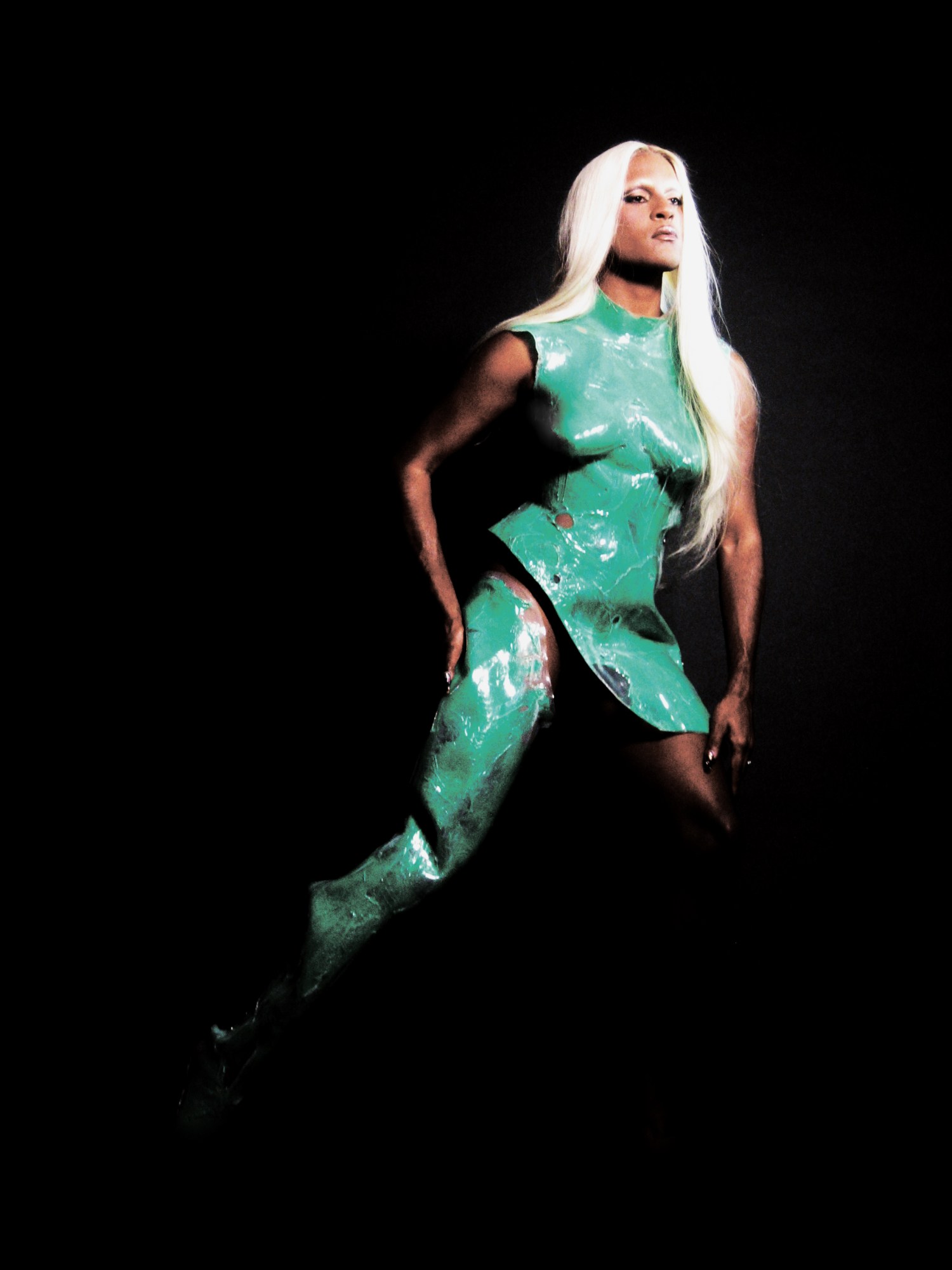

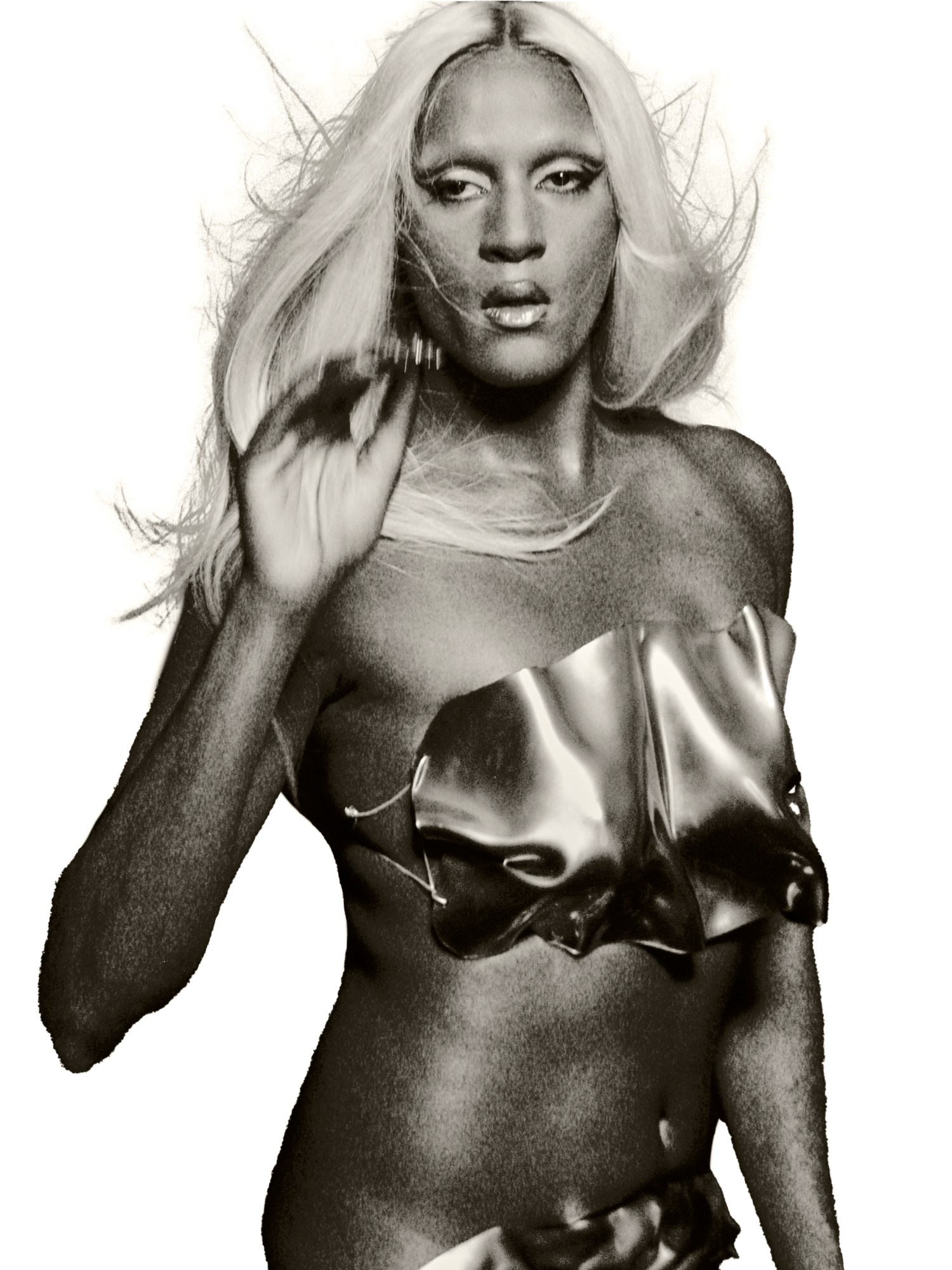
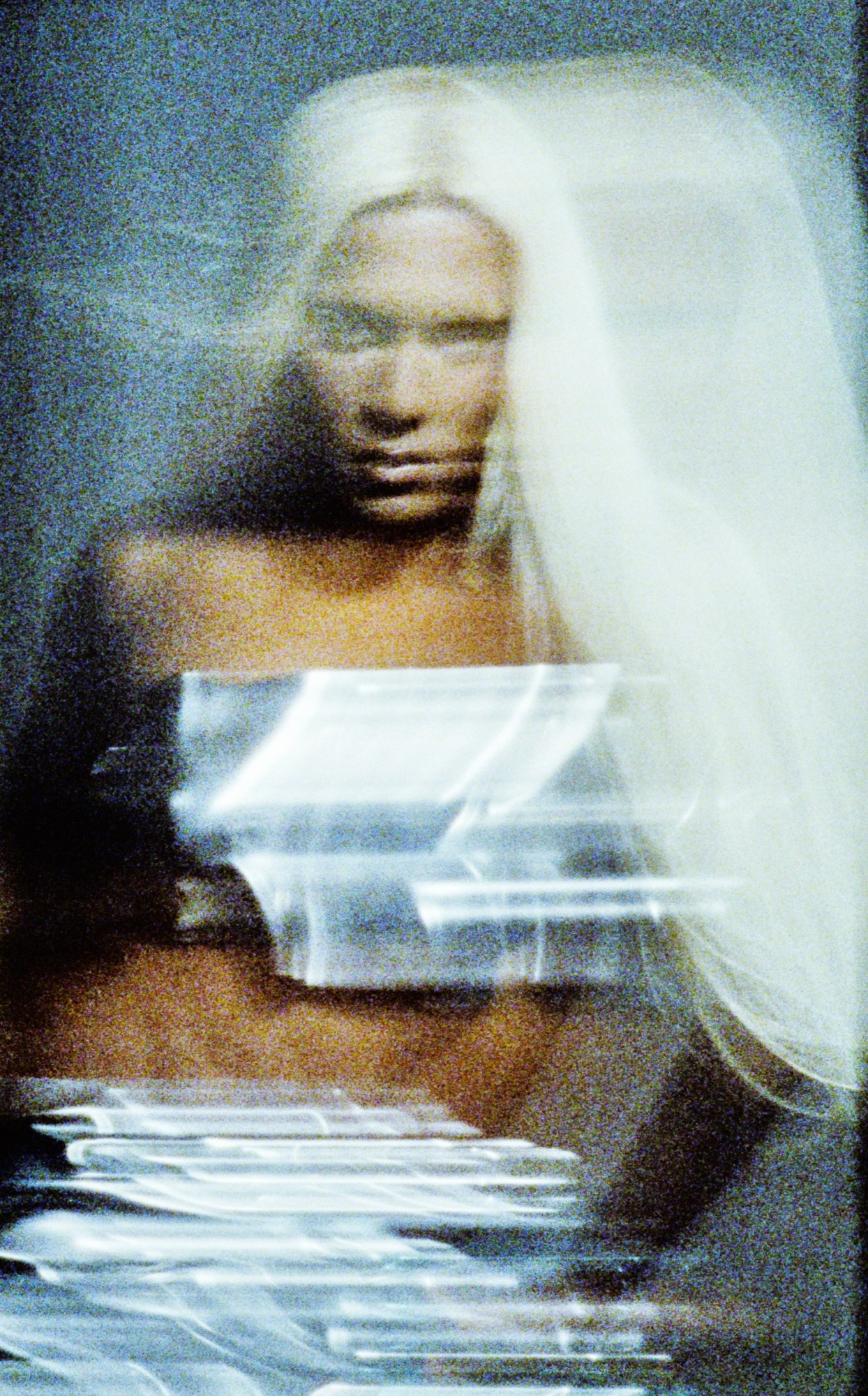
Credits
Photography Aidan Zamiri, unless otherwise credited
